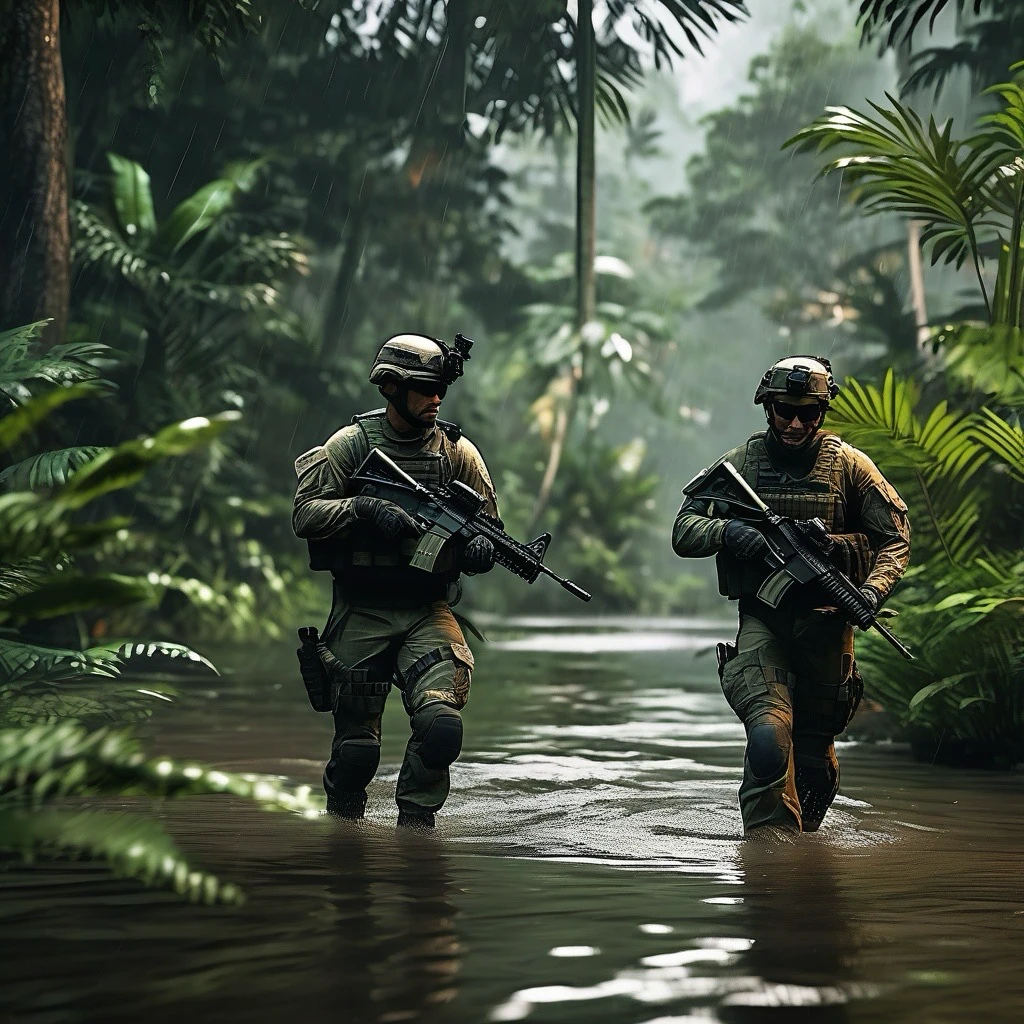How to Prepare for a Board of Inquiry (BOI) as an Officer | Complete Preparation Guide
Gonzalez & Waddington, Attorneys at Law defend Navy, Marine Corps, and Coast Guard officers in Boards of Inquiry (BOIs), administrative separation boards, appeals, and courts-martial worldwide. A BOI can end a decades-long career, strip retirement, and damage clearances. This guide gives you a step-by-step, trial-ready plan to prepare for a BOI and position yourself for retention or, at minimum, the most favorable characterization.
Why BOI Preparation Matters
- Retirement protection: An adverse BOI near 18–20 years can erase a lifetime pension.
- Characterization stakes: Honorable vs. General vs. OTH determines VA benefits and post-service options.
- Clearance risk: BOI outcomes are reviewed in security adjudications (Guideline E/J).
- First and best chance: Appeals exist, but the strongest opportunity to win is at the BOI itself.
Preparation Timeline & Checklist
- Immediately: Retain counsel (military and/or civilian). Demand discovery of the full government file (investigations, exhibits, statements, admin record).
- Day 1–3: Build a chronology (who/what/when/where/why). Identify the elements of each allegation and list what proof the government lacks.
- Week 1: Identify witnesses (fact, character, experts). Issue requests for attendance or sworn statements. Draft your theory of defense (innocence, insufficiency, procedure, mitigation).
- Week 2: Collect and tab exhibits (FITREPs/CHIEFEVALs, awards, duty logs, emails, medical), rehearse direct and cross, finalize your opening and closing.
- 48–72 hours out: Confirm witness availability, paginate exhibit books, print clip quotes/transcript excerpts, and stage visuals (timelines/charts).

Your Rights at a BOI
- Representation by military counsel and the right to retain civilian counsel.
- The right to review evidence, call witnesses, and cross-examine government witnesses.
- The right to present exhibits and testify or remain silent (without adverse inference).
- The right to a fair panel and to challenge members for bias.
What Evidence to Gather
- Performance history: FITREPs/CHIEFEVALs, competitive rankings, command letters, warfare quals.
- Operational records: Logs, watch bills, maintenance/mission data, emails, taskers, after-action reports.
- Medical/behavioral health: PTSD/TBI/MST documentation or other conditions relevant to the allegations.
- Character endorsements: Specific letters from flag officers, COs, XOs, DHs, CMC/SEL addressing integrity, reliability, and mission value.
- Rehabilitation: PME completions, counseling/treatment, collateral duties, flawless post-incident performance.
Witness Strategy (Fact • Character • Expert)
- Fact witnesses: Eyewitnesses who contradict government claims or provide context (procedures, conditions, timelines).
- Character witnesses: Senior leaders who can attest to judgment, integrity, and retention value.
- Experts: Medical/forensic/digital experts to interpret tox screens, metadata, comms logs, or technical processes.
- Preparation: Focus each witness on 1–2 points. Rehearse direct; “cross-proof” for hostile questions.
- Order of proof: Start with a credibility anchor (senior leader) → fact/expert proof → finish with retention witness.
Opening • Cross • Closing Frameworks
Opening (2–4 minutes)
- Theme: one sentence that frames the case (e.g., “The evidence doesn’t meet the standard, and retention best serves the mission.”)
- Roadmap: what the board will see/hear (key exhibits, witnesses, contradictions).
- Relief: retention—or, alternatively, Honorable characterization.
Cross-Examination Plan
- List each government witness with 3–5 planned contradictions (prior statements, logs, time gaps, policy steps skipped).
- Use documents to impeach, not arguments. Clip quotes with page/line references.
- Box the witness in yes/no lanes; save argument for closing.
Closing (3–6 minutes)
- Re-state the standard (preponderance) and show where proof fails.
- Walk the board through the 3 dispositive exhibits and the 2 pivotal contradictions.
- Deliver the retention case (mission impact, quals, leadership) and the alternative relief ask (Honorable).
Mitigation, Retirement & Clearance Integration
- Retirement equity: Quantify lost capability and institutional knowledge if separated at 18–20 years.
- Characterization impact: Explain concrete effects of General/OTH on VA, GI Bill, and future service.
- Clearance mitigation: Address Guideline E/J explicitly—self-reporting, treatment, spotless service since incident.
Hearing-Day Logistics (Don’t Overlook These)
- Three printed exhibit sets (board, government, defense) + digital copy; tabs and page numbers match your citations.
- Witness arrival times, base access, and standby alternates; sworn statements for anyone who cannot attend.
- Technology check: projector/HDMI, audio, and printed timelines in case tech fails.
- One-page “board map” handout: issues list, key exhibit numbers, and requested relief.
Common BOI Prep Mistakes to Avoid
- Relying on reputation instead of documents and witnesses.
- Letting government define the story—no defense theme or timeline.
- Dumping paper: lots of exhibits without a narrative or references.
- Skipping expert input on technical/medical disputes.
- Ignoring characterization and retirement arguments until the end.
BOI Preparation Checklist (Quick Reference)
- ✔ Discovery received/reviewed; elements grid completed.
- ✔ Defense theme & timeline drafted.
- ✔ Fact, character, and expert witnesses secured; statements obtained as backup.
- ✔ Exhibit book (Tabs A–G) indexed and paginated; clip quotes printed.
- ✔ Opening, cross outlines, and closing drafted and rehearsed.
- ✔ Retirement, characterization, and clearance mitigation arguments ready.
Video: Preparing for a Board of Inquiry (BOI)
Get a BOI-Ready Defense Package
We treat BOIs like trials—tight themes, proof-driven exhibits, expert testimony, and retention-first advocacy. Don’t stake your career on a last-minute file dump.
Gonzalez & Waddington — ucmjdefense.com — 1-800-921-8607
FAQs: Preparing for a BOI
What is the burden of proof at a BOI?
Preponderance of the evidence—more likely than not.
Should I testify?
Case-dependent. If credibility and facts favor you, testimony can help. Discuss pros/cons with counsel.
Do I need experts?
If the case involves technical/medical issues (forensics, tox, digital comms), expert testimony can be decisive.
Can I submit new evidence on hearing day?
Usually yes, but disclose early when possible to avoid exclusion or delay.
What if I lose at the BOI?
File a service-level appeal, then consider BCNR/BCMR petitions and, in rare cases, federal review.



